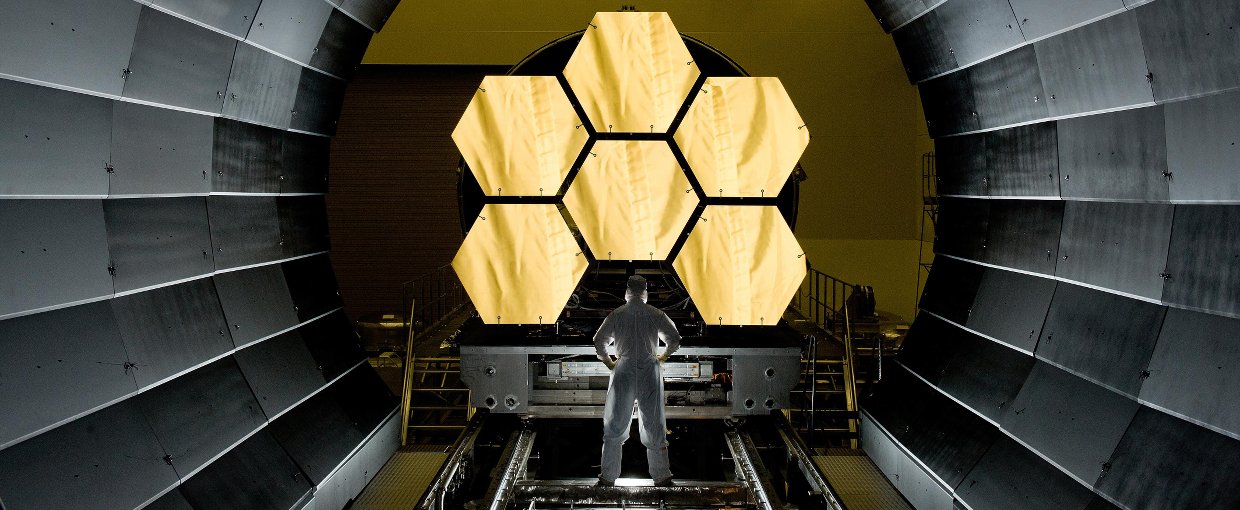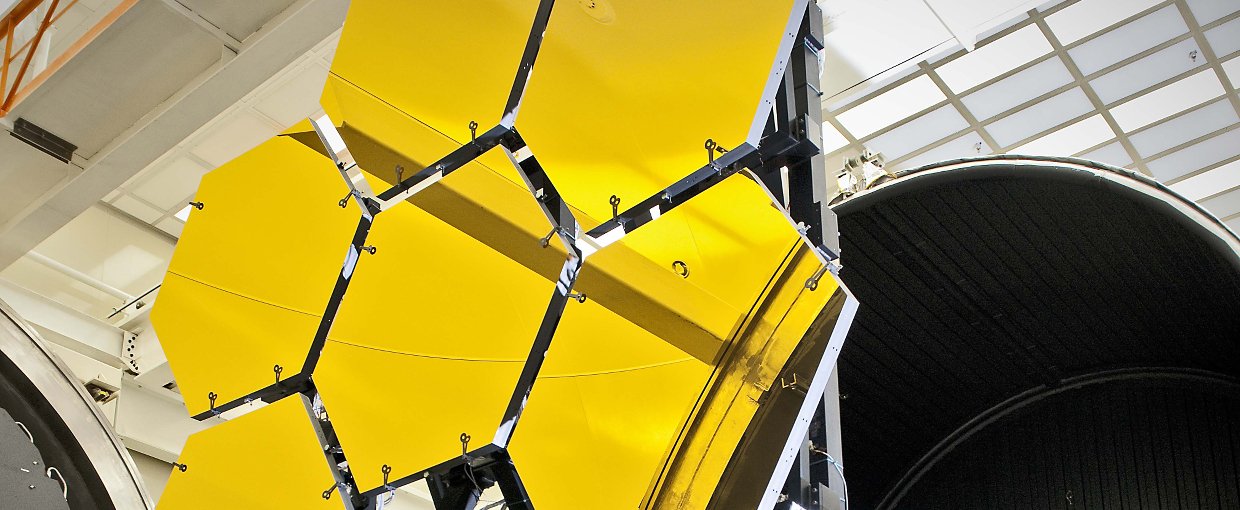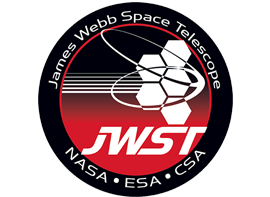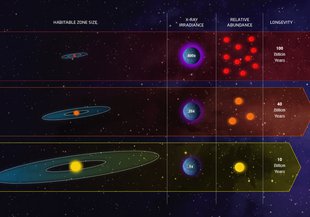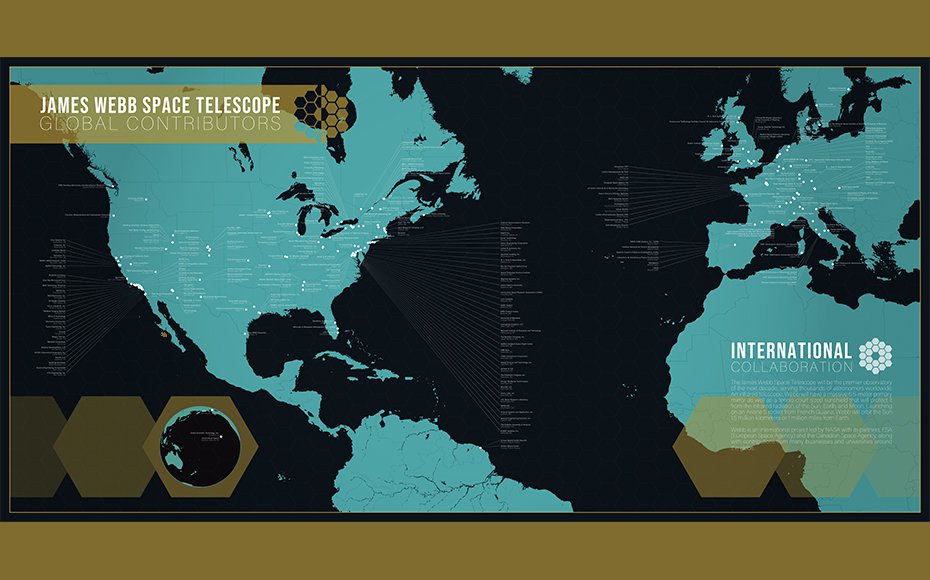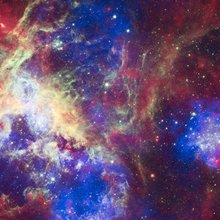- Launch Date December 25, 2021
- Mission TypeSpace Telescope
- TargetThe Universe
Mission Overview
The James Webb Space Telescope (Webb) is the premier space-based observatory of the next decade. Webb is a large infrared telescope with a 6.5-meter primary mirror. It will serve thousands of astronomers worldwide.
Relevance to Astrobiology
Webb observations are used to study every phase in the history of the Universe, including the evolution of the Solar System, and the formation of distant stellar systems capable of supporting life on Earth-like exoplanets. Goals of the Webb mission incorporate topics relevant to astrobiology:
- Observe the formation of stars from the first stages to the formation of planetary systems
- Measure the physical and chemical properties of planetary systems and investigate the potential for life in those systems
NASA Astrobiology Involvement
Researchers supported by the NASA Astrobiology program are involved in numerous aspects of the Webb mission. Data from Webb will be used to study the formation and evolution of habitable worlds, and will be invaluable in understanding processes that have shaped habitability in our own solar system. Webb is capable of making detailed observations that might one day allow astrobiologists to identify signatures of life on Earth-like planets beyond our Solar System.
The Astrobiologists
Numerous scientists involved with the Nexus for Exoplanet System Science (NExSS) have been and continue to be a part of the Webb mission. NExSS is a NASA Research Coordination Network (RCN) dedicated to studying planetary habitability. Data from Webb is important in investigating the diversity of exoplanets and to learning how their history, geology, and climate interact to create the conditions for life.
Virtual Planetary Laboratory at at University of Washington VPL research relevant to Webb includes determining the limits of the habitable zone, the diversity of terrestrial planets, and the detectability of habitability markers and atmospheric, surface and temporal biosignatures, as well as work designed to improve target selection of potentially habitable planets for detailed spectroscopic follow-up. VPL’s new state-of-the-art transit transmission modeling is specifically designed to be relevant for future JWST exoplanet observations.

